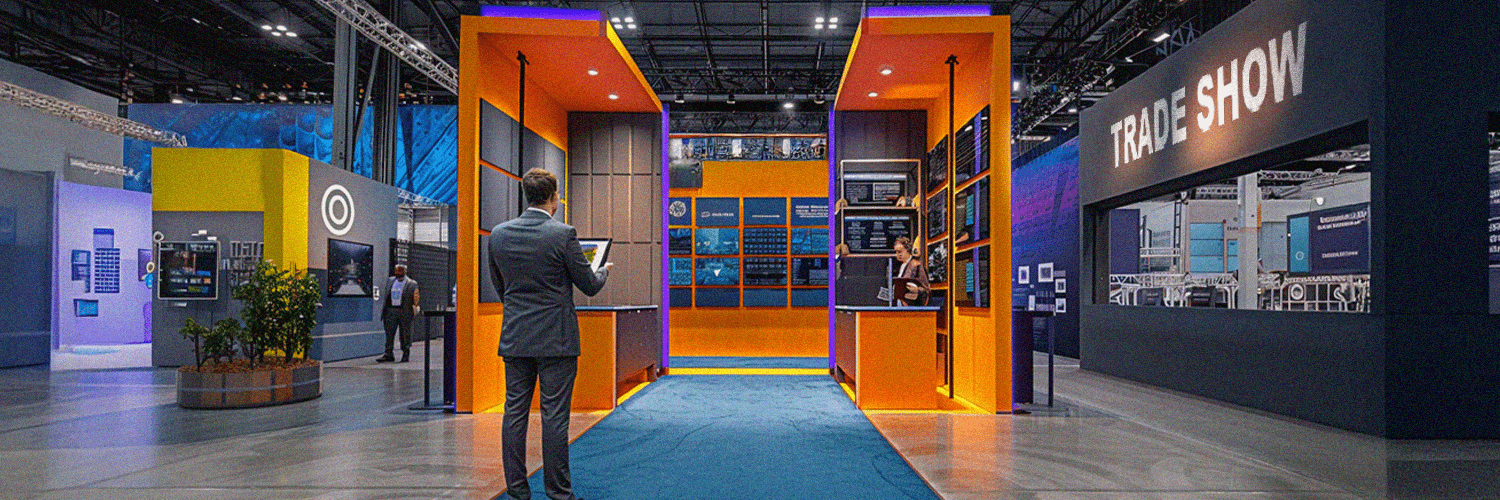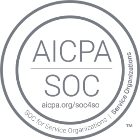Companies operating in an evolving work environment face the dual challenge of managing costs while fostering an atmosphere that attracts and retains top talent. As employees increasingly seek flexibility and meaningful work experiences, the traditional office model is being redefined. Striking the right balance between cost optimization and workplace appeal has never been more critical.
This article explores essential elements that make a workplace attractive and provides practical tips for organizations to enhance their appeal without compromising their budget. Whether you’re looking to improve employee satisfaction or streamline operational expenses, these insights will guide you in navigating this dilemma.
TL;DR:
- Work-life balance is crucial: Employees who maintain a healthy balance are more loyal and productive. Supporting flexible schedules and rest periods is essential for overall well-being.
- Positive workplace culture: A strong culture boosts employee engagement, which directly impacts retention and performance. A company’s values and mission should align with employee expectations.
- Office design and hybrid work: Diverse workspaces and hybrid policies increase productivity. Offering flexible office setups, such as hot desking and collaborative areas, helps optimize space and supports team interactions.
- Sustainability matters: Employees expect organizations to invest in sustainability. Practices like carpooling incentives, a paperless office, and reducing office utilities contribute to both environmental goals and employee satisfaction.
- 15 examples of practical tips for success: Encourage continuous feedback, foster collaboration through visibility, support well-being initiatives like fitness stipends, implement “No Meeting Fridays” to boost focus and reduce burnout, etc.
5 Essential Elements of an Attractive Workplace
Work-Life Balance: A Must-Have for Modern Employees
Achieving a healthy work-life balance is crucial for employee satisfaction and productivity. Research shows that almost two-thirds (63%) of employees who feel they maintain this balance are willing to go above and beyond for their organization, highlighting its importance in fostering loyalty and commitment.
The Power of Positive Workplace Culture
In a world where low employee engagement costs the global economy $8.8 trillion, the focus on a positive workplace culture is a must. 77% of adults would weigh a company’s culture before applying for a role, demonstrating why a positive, inclusive culture that attracts top talent and enhances employee experience has become so important.
Office Design That Impacts Employee Productivity and Morale
The physical work environment plays an instrumental role in employee satisfaction. 70% of employees believe that a variety of workspaces could boost their productivity, emphasizing the importance of diverse environments that cater to different work styles and tasks. Research also shows that 60% of workers identified the quality of the office space as their top consideration, and other recent data shows that some companies are already making changes to improve their spaces and make them more hybrid friendly.
Hybrid Work: The Key to Flexibility and Freedom
Hybrid work has become the gold standard for flexibility, with 62% of employees globally opting for this model. It provides the freedom to balance remote and in-office work, which not only improves satisfaction but also reduces resignations by a third. For companies, hybrid work is an opportunity to retain top talent while adapting to modern workplace preferences.
Sustainability in the Workplace: A Growing Priority for Employees
69% said they want their companies to invest in sustainability efforts, including reducing carbon, using renewable energy, and reducing waste. It shows that incorporating sustainability into workplace practices not only supports environmental goals but also resonates with employees who value responsible corporate behavior, strengthening their connection to the organization.
15 Practical Tips for Balancing Cost Optimization with Workplace Appeal
Here are some practical tips on how to approach every element building up to an attractive workplace:
Well-Being
Adopt Flexible Work Schedules to Save On Office Utilities and Boost Employee Satisfaction
Flexible work schedules significantly enhance employee satisfaction and productivity while reducing utility costs. A study by the International Labour Organization found that the number of hours worked, the way in which they are organized, and the availability of rest periods can significantly affect not only the quality of work, but also life outside the workplace. It further shows that working hours and the organization of work and rest periods profoundly affect employees' health, safety, and earnings, while also shaping enterprise performance, productivity, and competitiveness.
Additionally, in this year’s Gallup State of the Global Workplace report, 41% of employees report experiencing “a lot of stress.” Yet stress varies significantly depending on how organizations are run. Those who work in companies with bad management practices are nearly 60% more likely to be stressed than people working in environments with good management practices.
Promote “No Meeting Fridays” to Give Employees Time to Focus and Recharge
Implementing "No Meeting Fridays" allows employees uninterrupted time for deep work, fostering creativity and efficiency. According to MIT Sloan, when meetings were reduced by 40% (the equivalent of two days per week), we found productivity to be 71% higher because employees felt more empowered and autonomous. Rather than being pinned down by a schedule, they owned their to-do lists and held themselves accountable, which consequently increased satisfaction by 52%.
Offer Stipends for Fitness or Mental Health Apps Instead of Expensive On-Site Programs
Providing stipends for wellness is a cost-effective strategy to support employees' health without the overhead of managing on-site facilities. According to MetLife’s annual U.S. Employee Benefit Trends Study, when employers demonstrate care for their employees, they see a positive lift in talent outcomes and employee-well-being. More specifically, employees who feel cared for are: 1.6 times more likely to feel valued, 1.5 times more likely to say they are happy, and feel a sense of belonging to work and 1.3 times more likely to say they are successful.

Workplace Culture
Encourage Continuous Feedback Through the Smart Use of Current Platforms
The idea here is that the tools you already use likely have built-in feedback features you can leverage to understand employee sentiment. For example, YAROOMS' booking system includes an employee survey feature. This allows employees to share their office experiences (evaluate how happy they are) and report things: missing chairs, cleanliness issues, difficulties finding a room etc.
Foster a Culture of Collaborating by Ensuring Visibility
Fostering a culture of collaboration starts with ensuring workplace visibility - knowing who is in the office, where they are located, and what activities are taking place. This level of transparency enhances team coordination, encourages spontaneous collaboration, and makes it easier to connect with colleagues for in-person discussions or meetings. Visibility also improves workflow by providing clarity on office activity, helping employees engage more effectively and fostering a sense of connection that boosts teamwork and productivity.
Encourage Volunteering Initiatives That Unite Teams
Perks undeniably hold an allure for employees but imagine the impact of introducing unconventional and innovative benefits that transcend the ordinary. Such as volunteering. Organizations offer, for example, extra paid time off for employees to volunteer with local charities, aligning with corporate social responsibility while boosting morale and fostering a sense of purpose. This approach not only strengthens team bonds but also demonstrates the company’s commitment to community engagement and the well-being of its employees.

Office Design
Downsize to a Smaller Office Space and Optimize the Layout
Companies are increasingly leveraging data analytics to optimize their office spaces by understanding how they are utilized. More than ever before, effective use of workplace analytics allows organizations to identify underutilized areas and adjust resources based on actual attendance, leading to significant cost savings and enhanced employee productivity. So, by downsizing to smaller office spaces and optimizing layouts, companies can create more efficient work environments that align with current workforce needs.
Implement Hot-Desking to Maximize Space Efficiency
Hot desking is becoming increasingly popular due to its ability to support flexible work patterns, especially with the rise of remote and hybrid work. Implementing a desk booking system enables employees to reserve workspaces as needed, which reduces the number of permanently assigned desks. This flexibility not only enhances space utilization but also allows organizations to reduce real estate costs by optimizing office space and adapt quickly to changing workforce dynamics, ultimately leading to lower overhead costs and improved employee satisfaction.
Ensure Office Resources Are Easily Accessible to Minimize Wasted Time
Streamlining access to office resources is essential for minimizing wasted time and enhancing employee morale. Making resources readily available can significantly improve workflow and reduce frustration among employees. By ensuring that tools and materials are easily accessible, organizations can foster a more productive work environment where employees can focus on their tasks without unnecessary interruptions.
Hybrid Work
Align Hybrid Work Policies with Employee Needs
Aligning hybrid work policies with employee needs is essential for fostering a productive work environment. A successful policy strikes a balance between flexibility and structure, setting clear expectations for both onsite and remote work. It should be adaptable to the diverse roles and individual needs within the company, allowing teams to create their own guidelines for optimal results. For example, offering optional in-person gatherings, rather than mandating specific days in the office, helps maintain flexibility and trust, while fostering a collaborative and engaged team culture. It’s no wonder that failing to align these policies can lead to costly mistakes, such as decreased morale and increased turnover, as employees may feel unsupported in their work arrangements.
Enable Employees to Create Their Own Hybrid Work Schedules
Engaging employees in hybrid work planning enhances their experience and aligns with organizational goals, despite challenges such as balancing flexibility, autonomy, and structural needs. The “Gartner’s 2024 Market Guide for Workplace Experience Applications” report (subscription is required to read the full report) shows that 77% of employees want to be involved in the hybrid work planning process, indicating that organizations that consider employee preferences in their hybrid policies experience higher satisfaction and retention rates.
When employees have the flexibility to choose when and where they work, they are more likely to feel empowered and engaged. This approach not only accommodates individual preferences but also helps organizations retain talent by demonstrating trust and respect for employees' work-life balance.

Redefine the Office as a Space for Learning and Collaboration
Redefining the office as a collaborative space might be your best shot to determine employees to want to come to the office. If you still keep a cubicle space and don’t have many collaboration spaces, you are wasting valuable resources, and money. Offices should be designed to facilitate learning and teamwork rather than just serving as traditional cubicle spaces. By creating areas dedicated to collaboration and innovation, organizations can encourage employees to return to the office for meaningful interactions, thereby maximizing the value of in-person attendance.
Sustainability
Encourage Carpooling and Public Transport Incentives for Employees
Encouraging carpooling and offering public transport incentives can significantly reduce an organization's carbon footprint. Tracking greenhouse gas (GHG) emissions—particularly Scope 2 and Scope 3 emissions—helps companies better understand their environmental impact and monitor progress toward sustainability goals. Gathering data on employees' commuting routines can also provide insight into transportation-related emissions. By creating incentives to optimize these commuting habits, organizations can promote a greener workplace and take meaningful steps toward achieving their sustainability objectives.
Adopt a Paperless Office Policy
Transitioning to a paperless office is an effective way to promote sustainability while reducing operational costs. Some very practical steps for creating a paperless office involve gradually replacing paper-based workflows with digital alternatives, such as digitizing document reviews, approvals, and records to cut printing costs and eliminate manual processes; or leveraging digital tools like electronic signatures further allowing companies to modernize client interactions, transforming traditional paper-based processes like contract signing into efficient, eco-friendly digital procedures.This shift not only supports sustainability efforts but also streamlines workflows, leading to increased productivity and reduced costs associated with printing and storage.
Offer Employees Flex Schedules to Reduce Office Utility Usage
Implementing flexible work schedules can lead to significant reductions in office utility usage. By allowing employees to work from home or adjust their hours, organizations not only encourage employee well-being but also aim to attain their sustainability goals by lowering the overall carbon footprint of the workplace. This approach aligns with the growing emphasis on creating sustainable work environments while enhancing employee satisfaction and productivity.
The Bottom Line
As work environments continue to evolve, organizations that master the balance between cost optimization and creating an appealing workplace will thrive. By aligning policies with employee needs, embracing flexibility, and integrating sustainability, companies can cultivate a culture that not only attracts top talent but also drives productivity and morale. The future of work isn’t just about efficiency - it’s about fostering a workplace where employees feel valued, engaged, and empowered to succeed.












